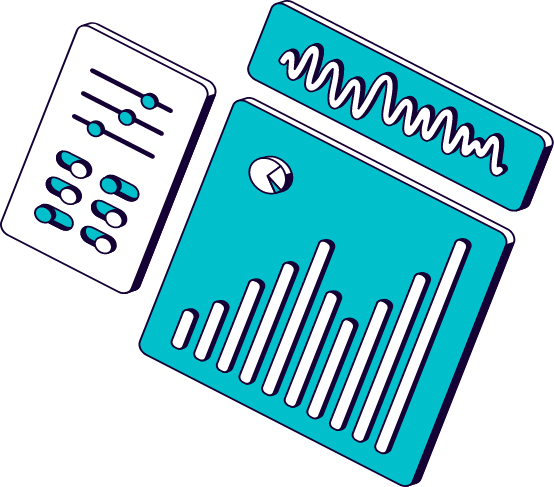Selling on the Amazon marketplace should be a crucial component of any brand’s strategy in today’s retail landscape. The amount of traffic to the Amazon site from buyers with intent to purchase is simply impossible to ignore. Need proof?
- 43% of ALL online purchases in the US went through Amazon in 2016 (source)
- 55% of online shoppers begin their search on Amazon (Bloom reach, State of Amazon 2016)
If you are reading this you are already seriously considering
(1) Your presence on Amazon and/or
(2) How to get better at selling on Amazon

How To Sell…
The first question that both new and established must address for before selling on Amazon is “how to sell”. The options are:
1.Sell TO Amazon via Vendor Central or Vendor Express whereby Amazon essentially acts as a wholesale customer, OR
2.Sell ON the Amazon marketplace through Seller Central
If you sell through Seller Central, you handle fulfillment yourself, use a third-party fulfillment service, or use Fulfillment by Amazon (FBA). This choice has implications in several core areas of your business which warrant consideration. Some of these areas include (1) Branding, (2) Pricing & Margins, and (3) Financial or business operations.
1) Brand Control
Controlling how your brand is represented varies based on how you sell. Vendor Central, which is available only through an invitation, is available to high volume sellers. This selling option provides access to detailed product pages (called A+ pages) and additional advertising options. You’ll also gain access to the Vine program (product reviewers with special status). Because Amazon is selling your products, it ultimately has control over how your products are listed and promoted. You also don’t have a chance to interact with customers or easily make changes to pricing.
When selling to Amazon through the Vendor Central program, you will provide a Minimum Advertised Price (MAP). Note that it is common practice for Amazon to discount prices below MAP in an effort to drive sales volume. This can result in brand value erosion that may be difficult to recover from. Since shoppers often start their search on Amazon this practice can harm brand value across channels.
The majority of our customers sell ON the Amazon marketplace via Seller Central, handling their own fulfillment or employing FBA.
We strongly recommend brand registration in Amazon’s brand registry. This gives your brand access to newly revamped brand central tools that help your brand protect and promote itself. It is important to understand the Amazon brand registration program.
2) Pricing & Margins
Margin considerations require that sellers look at the differences between selling as a third party vs using FBA.
Third Party Selling
With seller-fulfillment Amazon charges a category based commission, typically 15% (subject to change so be vigilant). Many sellers who can cost-effectively handle their own fulfillment find their costs are lower so their margins are higher. Be careful to consider your total ‘delivered’ costs when calculating margins. Include any in-house or 3rd party fulfillment costs (including shipping of course).
FBA
Fulfillment by Amazon has some advantages for the right seller. The first advantage is getting the desired ‘Prime’ moniker. It’s been shown to significantly increase sales volume. In part because customers look for Prime products first and you are more likely to win the coveted Buy Box. FBA also means you don’t have to worry about packing and shipping orders or handling returns.
Here is a handy tool to project FBA revenue and fees to understand how FBA differs from seller-fulfilled
Make sure you have a strong understanding of your production costs, fulfillment, and shipping costs, in ether scenario to select the option with the best financial outcome for your business. Much of this decision may pivot on the maturity of your brand and business, your operations (current distribution and fulfillment) and the number of channels where you sell.
3) Financial Or Business Implications
Aside from margin on product, there are also business and financial implications to consider when deciding how to sell on Amazon. Vendor central sellers will be subject to Amazon’s purchasing decisions and payment terms. Again, typically favoring the a large volume seller that may better tolerate payment terms which an individual seller cannot.
Understand the differences between payout and margin for seller central selling (individual and Pro) and the FBA programs. Each varies slightly from the other and may have components that guide a seller’s decision.
In Summary
There is no one right answer and every business should weight the options carefully. One business may employ the Amazon sales channel as a break/even or loss leading presence. Another may use it as a central component for a profitable ecommerce business or find the best margin selling via seller-filled.
About Channeled
Channeled is a full-service agency that works with companies that are established Amazon sellers or want to launch on Amazon and help them manage and scale.
Our team of marketplace experts drives the strategy, handles execution, provides performance reporting, and deals with all other day-to-day tasks so you have more time to run your business.
You may also be interested in this blog post: How to transition from Amazon Vendor Central to Seller Central.
